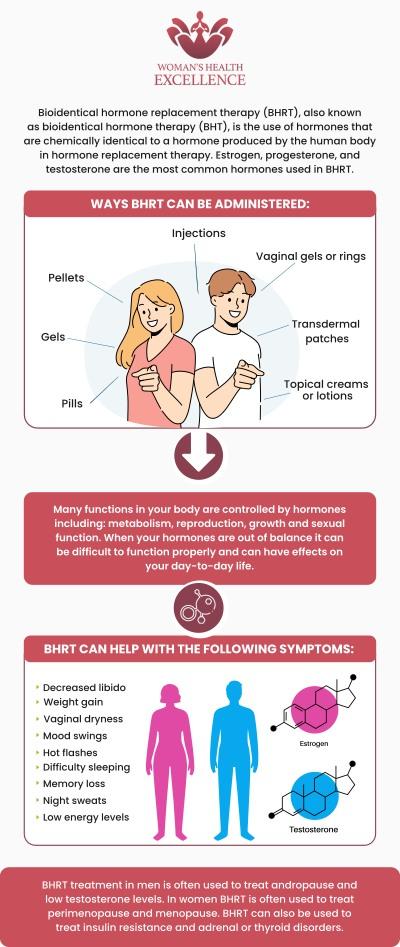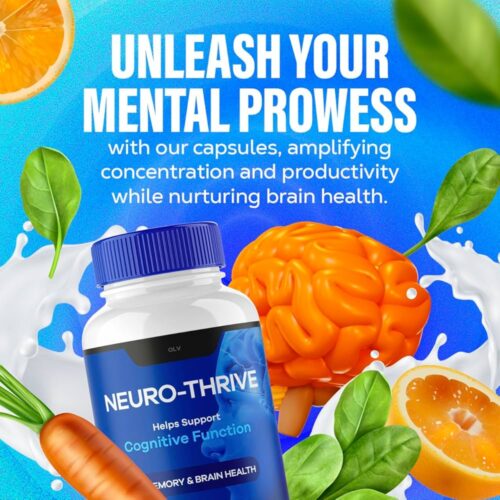As the years pass, the human body undergoes a myriad of changes, some subtle and others more pronounced. For men over 45, a common yet often overlooked shift involves hormonal levels, particularly testosterone. As this vital hormone begins to decline, men may experience a range of effects, from diminished energy and a waning libido to mood fluctuations and even muscle loss. In response, many are turning to testosterone therapy as a means to reclaim their vitality and enhance their quality of life. But with a plethora of options available, how does one navigate the complex landscape of testosterone therapies? In this article, we will explore the best testosterone therapy choices for men over 45, delving into their benefits, risks, and what to consider when making this significant health decision. Whether you’re curious about hormone replacement treatments or seeking to understand the latest advancements in medical science, join us as we uncover the pathways to renewed vigor and well-being.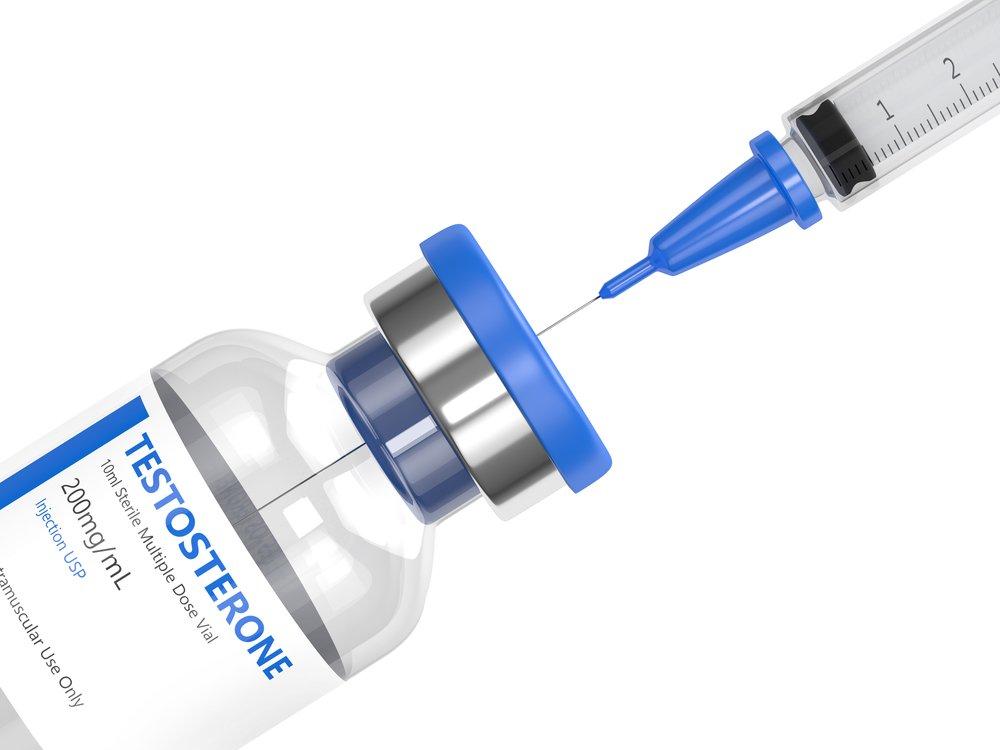
Understanding Testosterone Therapy and Its Importance for Men Over 45
As men age, particularly after the age of 45, the natural production of testosterone begins to decline. This reduction can lead to various physical and psychological symptoms, including decreased energy levels, reduced muscle mass, and mood fluctuations. Understanding testosterone therapy is vital for men facing these changes. The therapy works by restoring testosterone levels to a normal range, offering potential benefits such as:
- Improved mood and cognitive function
- Increased energy and vitality
- Enhanced libido and sexual performance
- Improved muscle strength and bone density
However, approaching testosterone therapy requires careful consideration and consultation with a healthcare provider. Men should be aware of the different forms of therapy available, such as injections, patches, gels, or pellets. Each method has its own set of benefits and potential risks, making it crucial to tailor the approach to fit individual health needs. Below is a simple comparison table outlining the common forms of testosterone therapy:
| Type of Therapy | Administration | Frequency | Notes |
|---|---|---|---|
| Injections | Intramuscular or subcutaneous | Every 1-4 weeks | Rapid increase in testosterone levels |
| Patches | Transdermal (applied to skin) | Daily | Steady release of testosterone |
| Gels | Applied to skin or axilla | Daily | Convenient and easy absorption |
| Pellets | Implantable under skin | Every 3-6 months | Long-lasting effects |
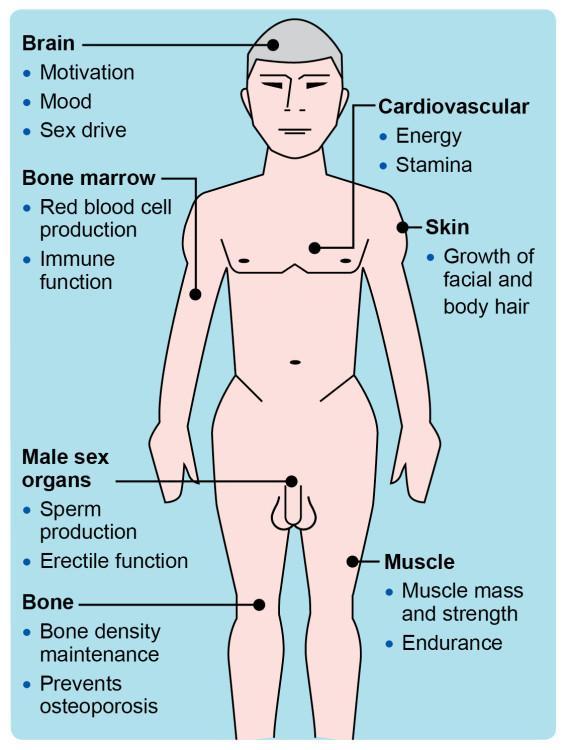
Signs and Symptoms of Low Testosterone: What to Look For
As men age, particularly those over 45, maintaining optimal testosterone levels is crucial for overall well-being. Low testosterone can manifest in various ways, most commonly through physical and emotional changes. Individuals may notice a decrease in energy levels and muscle mass, alongside an increase in body fat. Other signs include reduced libido and erectile dysfunction, which can significantly affect one’s quality of life. Additionally, mood swings, irritability, and even symptoms resembling depression can signal a drop in testosterone, indicating a need for evaluation and possible intervention.
Aside from the well-known symptoms, there are subtler indicators that may go unnoticed. Cognitive changes, such as difficulty concentrating or memory lapses, can often be attributed to low testosterone levels. Sleep disturbances, including insomnia or increased fatigue during the day, can also signal hormonal imbalances. Below is a concise table that highlights these potential symptoms for easy reference:
| Physical Symptoms | Emotional Symptoms | Cognitive Symptoms |
|---|---|---|
| Decreased energy | Increased irritability | Poor concentration |
| Loss of muscle mass | Depression-like symptoms | Memory lapses |
| Increased body fat | Decreased motivation | Sleep disturbances |
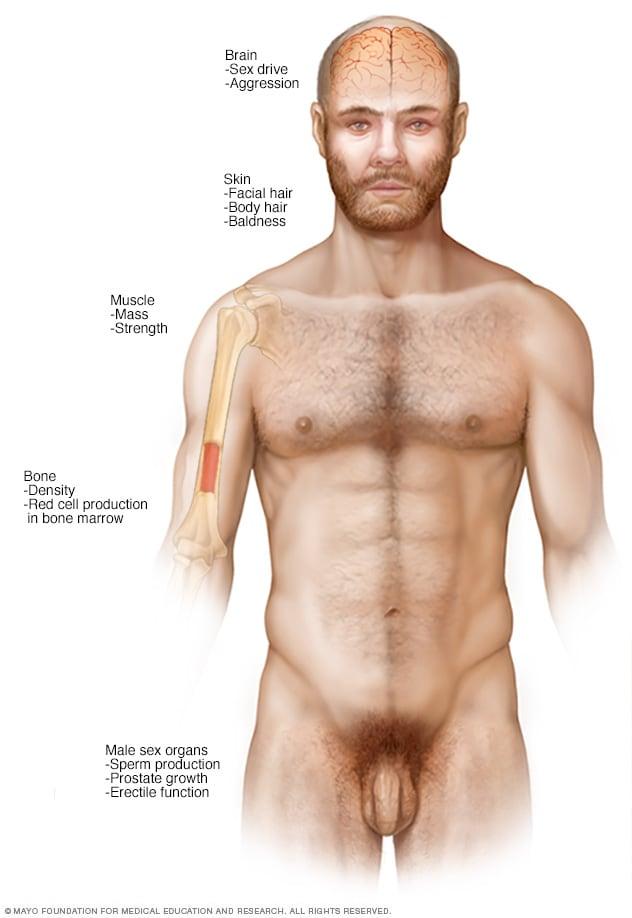
Exploring Different Types of Testosterone Therapy Options
When considering testosterone therapy, men over 45 have several options tailored to their individual needs. Each type varies in administration, absorption rates, and effects on the body. Common therapy options include:
- Injections: Typically administered every 1 to 2 weeks, these can provide significant boosts in testosterone levels.
- Patches: Worn on the skin, transdermal patches offer a steady release of testosterone throughout the day.
- Gels: Applied directly to the skin, testosterone gels are favored for their ease of use and effective absorption into the bloodstream.
- Pellets: Implanted under the skin, these provide long-lasting testosterone delivery, often effective for several months.
Each option presents its own set of benefits and potential side effects, making it vital for men over 45 to consult healthcare professionals to determine the best fit for their lifestyle and health conditions. Below is a brief comparison of testosterone therapy options to help you decide:
| Type of Therapy | Administration Frequency | Notes |
|---|---|---|
| Injections | Every 1-2 weeks | Quick response, but may cause fluctuations in hormone levels. |
| Patches | Daily | Continuous delivery, minimal skin irritation. |
| Gels | Daily | Easy to apply; risk of transfer to others. |
| Pellets | Every 3-6 months | Low maintenance; predictable level release. |
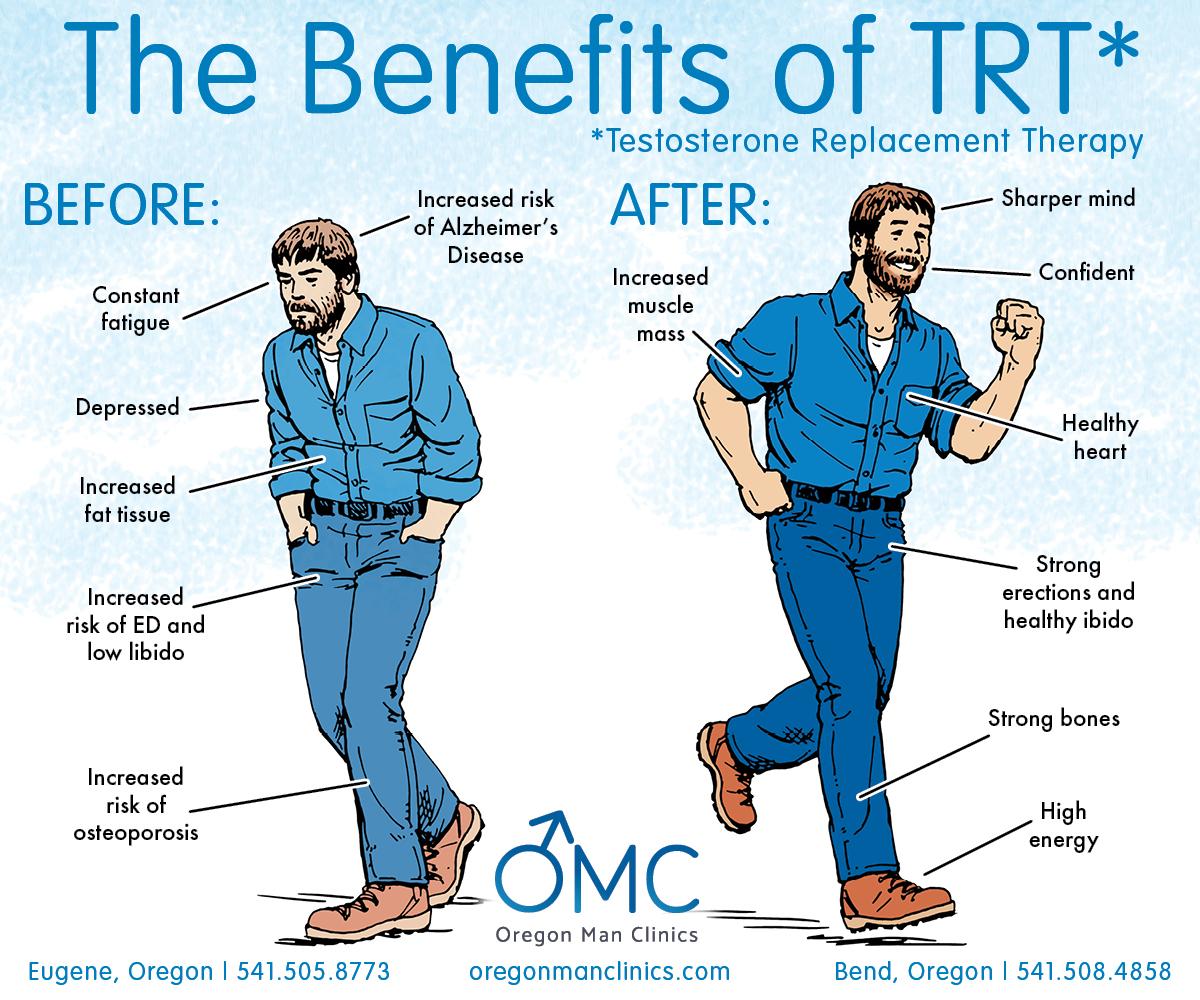
Choosing the Right Administration Method for Your Lifestyle
When considering testosterone therapy, it’s essential to align your administration method with your lifestyle. Various delivery options cater to different preferences and routines. Here are some common methods to ponder:
- Injections: Administered at home or by a healthcare provider, injections can be weekly or bi-weekly, offering a direct and potent boost.
- Gels/Creams: These topically applied forms provide convenience and ease of use, allowing for daily application.
- Pellets: Implanted under the skin, pellets offer a long-lasting solution, typically requiring replacement every 3-6 months.
- Oral Tablets: Though less common due to potential liver impacts, some men prefer the simplicity of daily pills.
Before deciding, consider the following aspects to ensure your choice complements your daily activities:
| Administration Method | Frequency | Suitability |
|---|---|---|
| Injections | Weekly/Bi-weekly | Active lifestyles seeking potency |
| Gels/Creams | Daily | Those wanting simplicity and discretion |
| Pellets | Every 3-6 months | Men preferring low-maintenance options |
| Oral Tablets | Daily | Individuals favoring traditional intake |
Potential Benefits and Risks of Testosterone Replacement Therapy
Testosterone Replacement Therapy (TRT) can offer a myriad of potential benefits for men over 45, particularly those experiencing symptoms of low testosterone, such as fatigue, reduced libido, and mood changes. Many individuals report enhancements in energy levels, muscle mass, and bone density after starting TRT. Additionally, improved cognitive function and a better sense of well-being are frequently cited advantages. However, it is critical to weigh these positives against the potential downsides, as TRT may come with risks that need to be carefully considered.
While the allure of increased vitality and improved health can be significant, potential risks associated with testosterone therapy should not be overlooked. These may include cardiovascular issues, such as an increased risk of heart attacks or strokes, and hormonal imbalances that could lead to conditions like prostate enlargement or breast tissue growth. To provide a clear perspective on these factors, the following table summarizes some of the key benefits and risks of testosterone replacement therapy:
| Benefits | Risks |
|---|---|
| Increased energy levels | Cardiovascular problems |
| Enhanced muscle mass | Potential hormonal imbalances |
| Improved libido | Prostate complications |
| Better mood and cognitive function | Sleep apnea exacerbation |
Integrating Healthy Lifestyle Changes to Enhance Therapy Effectiveness
To maximize the benefits of testosterone therapy, integrating healthy lifestyle changes can play a pivotal role. Engaging in regular physical activity not only assists in boosting testosterone levels naturally but also enhances overall well-being. Consider incorporating the following practices into your routine:
- Strength Training: Lifting weights can stimulate hormone production and improve muscle mass.
- Balanced Diet: Focus on a diet rich in whole foods, including lean proteins, healthy fats, and plenty of fruits and vegetables.
- Sufficient Sleep: Aim for 7-9 hours of quality sleep each night to support hormonal balance and recovery.
- Stress Management: Techniques such as meditation, yoga, or deep breathing can help reduce cortisol levels, which can negatively impact testosterone.
In addition to physical changes, fostering social connections and mental health awareness can significantly enhance the effectiveness of therapy. A supportive network provides motivation and encourages adherence to lifestyle changes. Consider participating in group activities or seeking support from friends and family. The integration of these lifestyle modifications alongside testosterone therapy can lead to more sustainable results. Here’s a quick overview of the potential benefits:
| Lifestyle Change | Potential Benefit |
|---|---|
| Regular Exercise | Increased testosterone levels |
| Healthy Eating | Improved energy and mood |
| Quality Sleep | Hormonally balanced body |
| Stress Reduction | Enhanced mental clarity |
| Social Interactions | Greater emotional support |
Consulting with Healthcare Professionals: Finding the Right Guidance
When considering testosterone therapy, it’s crucial to engage with healthcare professionals who specialize in hormone replacement therapy. A tailored approach is essential, as individual health profiles can vary significantly, especially for men over 45. Start by researching specialists who are well-versed in endocrinology or urology. Look for professionals who offer personalized evaluations to assess your unique symptoms and hormonal levels. Engaging in detailed consultations will help you understand the potential risks and benefits associated with therapy. Key aspects to discuss include:
- Symptoms you are experiencing: Fatigue, low libido, and mood changes.
- Your medical history: Any existing conditions or medications that could impact treatment.
- Various therapy options: Injections, patches, or gels, along with their possible side effects.
In addition to finding the right provider, consider the importance of ongoing support throughout your therapy. Regular follow-ups can help monitor hormone levels and adjust dosages as needed, ensuring that the treatment remains effective. Establish a collaborative relationship with your healthcare team and don’t hesitate to ask for additional resources or educational materials. To visualize some options for monitoring testosterone levels over time, refer to the table below:
| Test Type | Frequency | Purpose |
|---|---|---|
| Initial Testosterone Level | Baseline | To assess if therapy is needed |
| Mid-Treatment Check | 3-6 Months | To evaluate therapy effectiveness |
| Long-Term Monitoring | Annual | To adjust treatment as necessary |
Q&A
Q&A: Best Testosterone Therapy for Men Over 45
Q1: What is testosterone therapy and why is it important for men over 45?
A1: Testosterone therapy is a medical treatment that aims to restore healthy levels of testosterone in individuals whose bodies produce insufficient amounts of this hormone. For men over 45, testosterone levels naturally decline, which may result in symptoms such as fatigue, decreased libido, mood changes, and loss of muscle mass. Effective testosterone therapy can help alleviate these symptoms, improve quality of life, and boost overall well-being.
Q2: What are the common signs that a man over 45 should consider testosterone therapy?
A2: Common signs that may necessitate a discussion about testosterone therapy include persistent fatigue, reduced sexual desire or performance, mood swings, depression, difficulty concentrating, and a noticeable decrease in muscle strength or mass. If an individual notices these symptoms and they impact daily life, it may be time to speak with a healthcare provider.
Q3: What are the different types of testosterone therapy available?
A3: Testosterone therapy comes in various forms, including injections, transdermal patches, gels, and pellets implanted under the skin. Injections are typically administered once every one to three weeks, while gels and patches are applied daily for continuous absorption. Pellets, which can last for several months, provide a steady release of testosterone. The choice of therapy depends on personal preference, lifestyle, and specific medical considerations.
Q4: Are there risks associated with testosterone therapy for men over 45?
A4: Yes, while testosterone therapy can offer significant benefits, there are potential risks that should be considered. These can include an increased risk of cardiovascular issues, sleep apnea, and prostate-related concerns. It is essential for individuals to undergo thorough medical evaluations and discussions with a healthcare provider to weigh the potential benefits against the risks before starting therapy.
Q5: How can men prepare for a consultation about testosterone therapy?
A5: Men considering testosterone therapy should prepare for their consultation by noting any symptoms they have experienced and how these symptoms have affected their quality of life. Additionally, bringing a list of medications and supplements currently taken, as well as any relevant medical history, can help facilitate an informative discussion with the healthcare provider.
Q6: How often should testosterone levels be monitored during therapy?
A6: Monitoring testosterone levels is crucial during therapy to ensure optimal dosing and to track any potential side effects. Typically, healthcare providers recommend checking testosterone levels every three to six months initially, and then annually once levels are stabilized. This ongoing assessment helps determine if adjustments to the therapy are necessary.
Q7: Can lifestyle changes complement testosterone therapy?
A7: Absolutely! Lifestyle changes can significantly enhance the effects of testosterone therapy. Regular exercise, a balanced diet rich in whole foods, proper sleep, stress management, and avoiding substances like tobacco and excess alcohol can all contribute to better overall hormonal health and improved well-being. These adjustments work synergistically with therapy to maximize benefits.
Q8: Where can men find qualified professionals for testosterone therapy?
A8: Finding qualified professionals for testosterone therapy typically involves seeking out endocrinologists, urologists, or specialists in male hormone health. Men can start by consulting their primary care physicians for referrals or conducting online research to locate clinics that specialize in hormone therapy. It’s advisable to look for practitioners with positive reviews and a solid reputation in the field.
Q9: Is testosterone therapy a lifelong commitment?
A9: While testosterone therapy can significantly improve symptoms associated with low testosterone levels, it is not solely a lifelong commitment for every individual. Some men may find that they need ongoing treatment to maintain their improved state, while others may choose to stop therapy after a period of time and reassess their hormone levels and overall health. Regular assessments with healthcare providers will guide this decision.
Q10: What should men take away from this discussion about testosterone therapy?
A10: The key takeaway is that testosterone therapy can be an effective option for men over 45 who are experiencing symptoms related to low testosterone levels. However, it is essential to approach therapy with informed knowledge, open communication with healthcare providers, and an understanding of the potential risks and benefits involved. Taking proactive steps towards health and well-being can make a significant difference.
Wrapping Up
As we reach the conclusion of our exploration into the realm of testosterone therapy for men over 45, it’s clear that this journey is highly individualized. Navigating through the myriad of options, from injections to gels and pellets, calls for careful consideration and consultation with healthcare professionals. The key lies in understanding your body’s unique needs and striking a balance that enhances your vitality and well-being.
Ultimately, the best testosterone therapy is one that aligns with your personal health goals, lifestyle, and comfort level. As you venture forth, armed with the knowledge gleaned from this guide, remember that this is not just about numbers on a chart but about reclaiming energy, fostering vitality, and embracing the fullness of life in the years to come. Your path to renewed vigor awaits—step forward with confidence and clarity.

